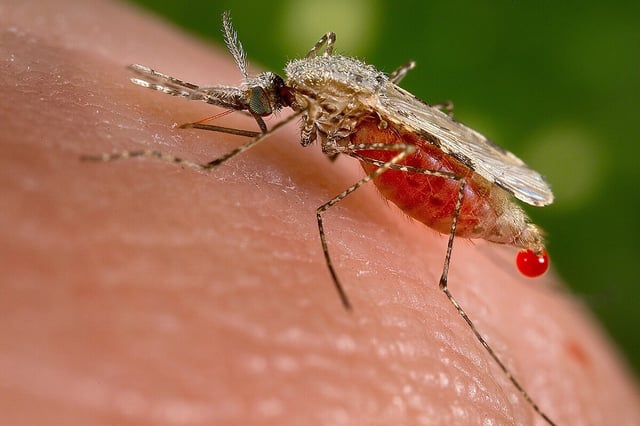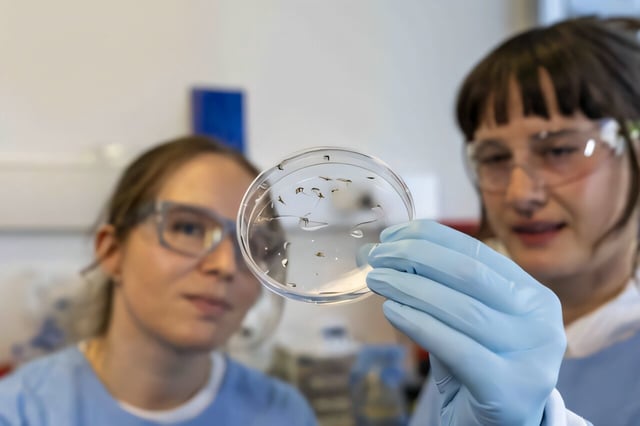Overview
- Researchers at WEHI published in Science the first cryo-electron microscopy structure of the endogenous Pfs230–Pfs48/45 fertilization complex of Plasmodium falciparum.
- The structure revealed a new functional region essential for parasite fertilization and reproduction inside mosquitoes.
- Using these insights, the team collaborated with Monash’s mRNA Core facility to design a vaccine that elicited high antibody levels against the parasite.
- In preclinical trials, the mRNA candidate achieved a 99.7% reduction in parasite transmission to mosquitoes by targeting critical protein contact points.
- The vaccine is slated for clinical development and is envisioned as part of a multi-stage malaria eradication strategy alongside blood- and liver-stage vaccines.

